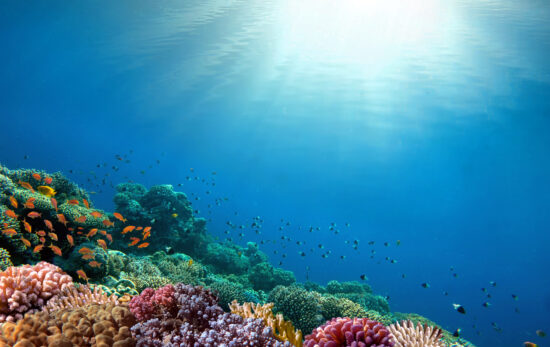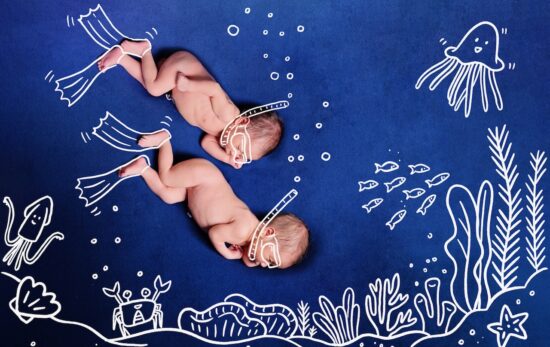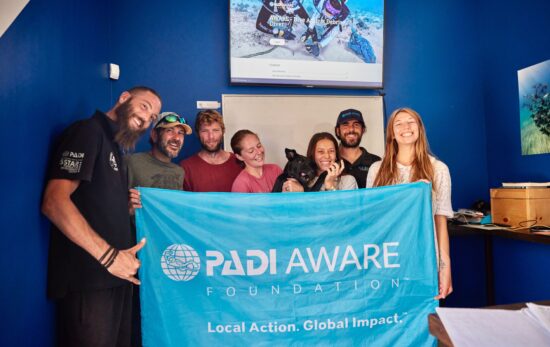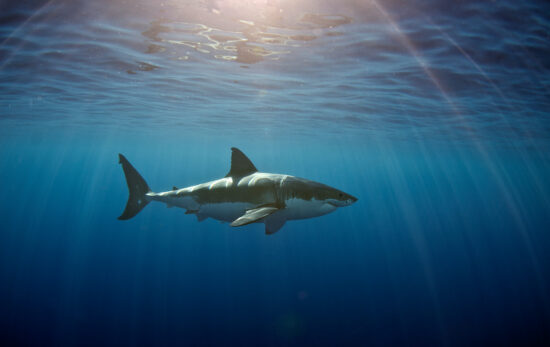Nowadays, it is easier than ever to support marine life and the conservation of our ocean.
Why Support Marine Life Conservation?
The ocean makes up more than 70% of our planet. It is responsible for every second breath we take. Additionally, it provides us with food, medicines, energy resources and so much more. It is how we ship and receive goods, where we play and a constant source of inspiration. As divers, we love our ocean!
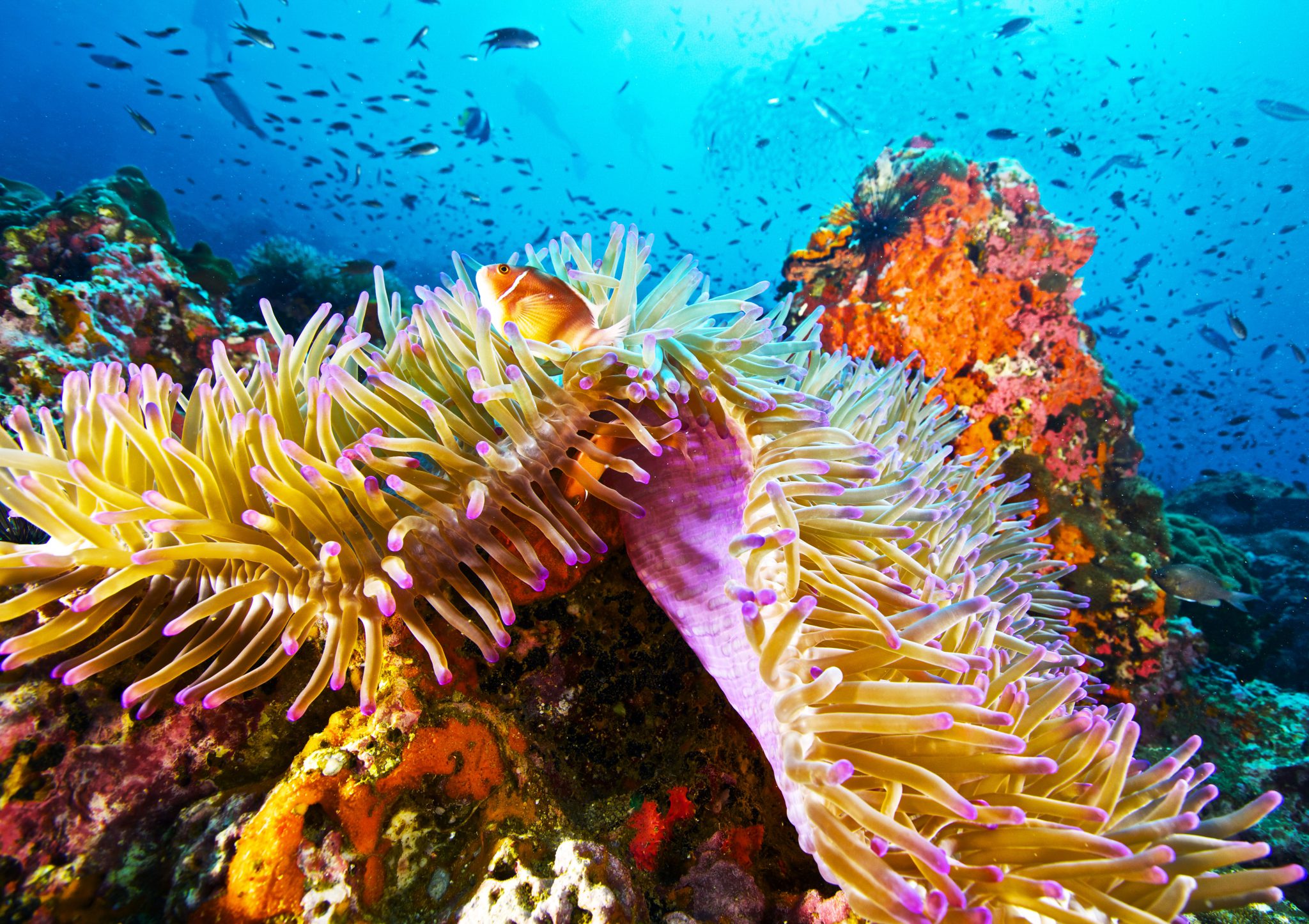
The marine life we hope to see while diving relies on healthy seas. Therefore, when we make conscious decisions that help to save the ocean, we are also protecting its rich biodiversity and beauty for future generations.
Here are a few of our favorite ways to support marine life conservation:
1) Become a PADI Torchbearer
Spark change for life below the surface by becoming a PADI® Torchbearer. By learning, caring and sharing about why the ocean matters in your own community, you can inspire others to take action for our ocean and to support marine life conservation.
Joining the Torchbearer community adds your voice and your actions to the collective to bring about meaningful change. It is literally power in numbers. As PADI President Drew Richardson says, “A billion Torchbearers is a needle mover for the ocean.”
2) Reduce Your Waste and Plastic Pollution
According to the US Fish and Wildlife Service, “Marine debris is one of the most pervasive global threats to the health of the world’s coastal areas, oceans, and waterways. It is an issue of local, regional, national, and international concern.”
Why? It harms wildlife and can damage and degrade fragile habitats, like coral reefs and seagrass beds. Marine debris can also interfere with navigational safety.
Additionally, there is evidence that ocean pollution negatively affects the economy. People travel to dive destinations like the Caribbean and Hawaii expecting pristine seas and shorelines. If what they encounter differs from the idyllic paradise in their heads, they’ll not want to return, and the local economy will suffer. Marine debris also causes economic losses to fishing and maritime industries, threatens the well-being and quality of life of coastal communities and even threatens human health and safety.
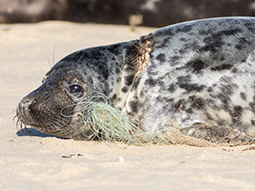
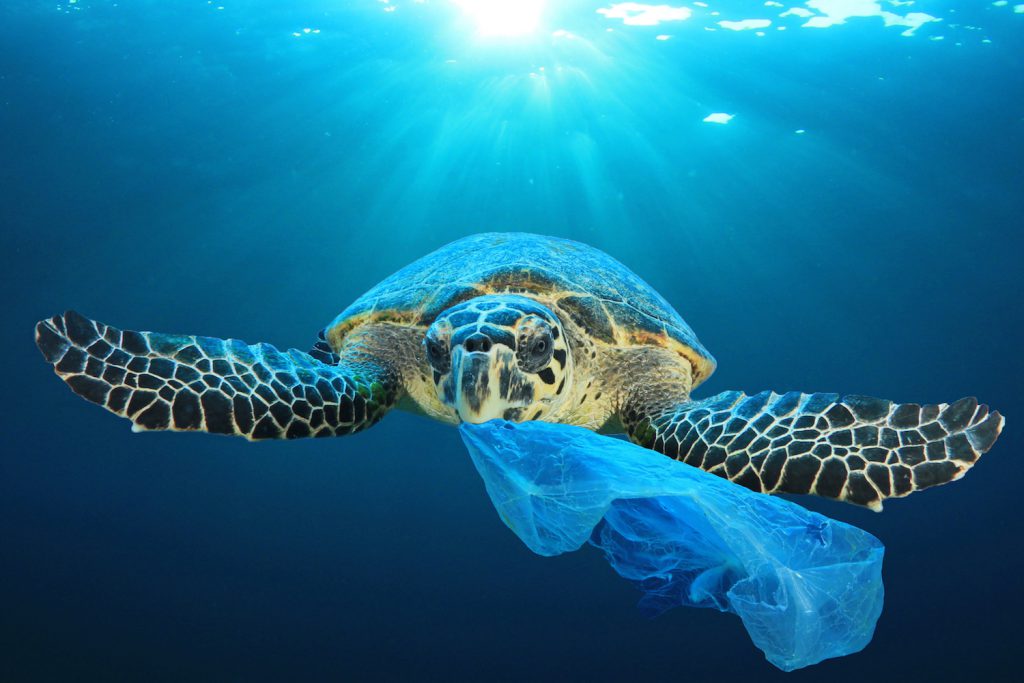
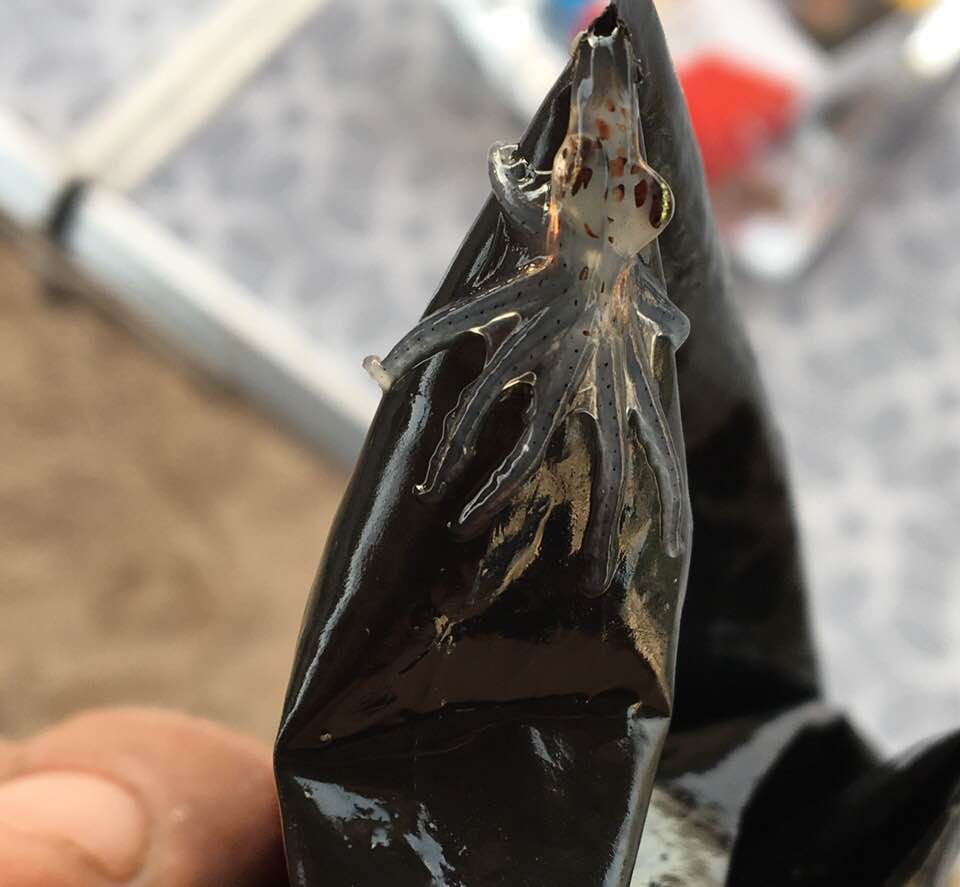
Marine Debris Harms Marine Life
Most people understand that the amount of trash in our ocean is bad; fewer people know how this impacts marine life.
Marine debris and plastic pollution injure and kill millions of marine and coastal wildlife each year. For example, ghost nets and old fishing lines entangle whales, sharks, seals and other beloved megafauna. For marine mammals, this can cause amputation and/or drowning, if they get caught on the bottom and cannot come up for air.
Seabirds, fish and other species also ingest unhealthy amounts of trash and microplastics. Unfortunately, these do not break down and biodegrade in their bodies. For instance, adult sea turtles often mistake floating plastic bags for their favorite food: jellyfish. The bags can block their intestinal tracks, making them think they are full when they are starving or keeping them from absorbing critical nutrients. Baby sea turtles nibble on microplastics in the water column that end up blocking and rupturing their digestive tracks.
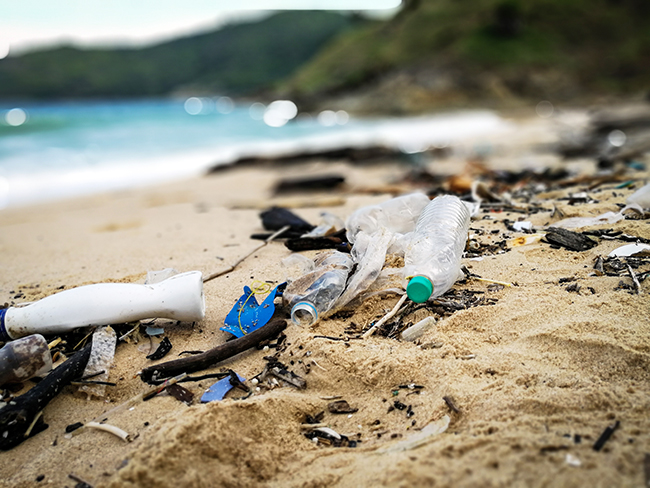
We Need to Stop Marine Debris “Upstream”
So, what can we do? It turns out, 80% of trash in our ocean comes from land. Moreover, the majority of this is comprised of harmful plastics; these do not biodegrade and instead accumulate and move up the food chain.
Therefore, by reducing the amount of waste and plastics we create, we help to stop the problem “upstream” – before it gets into our precious marine and shoreline environments, and before it harms the marine life we love.
3) Participate in Clean-Ups for Marine Life Conservation
The first priority is reducing our trash; the second is removing marine debris and plastic pollution from our waters and shores. An easy and fun way to do this is to participate in a clean-up. Moreover, these can be conducted above and below the surface for maximum impact!
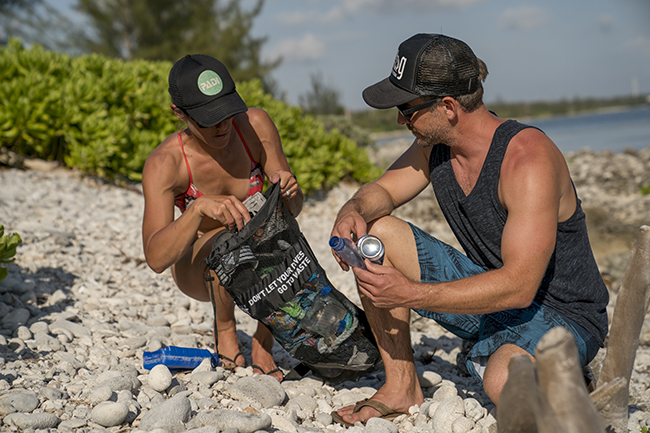
Anytime you’re walking along the water’s edge or on a boat, you can be on the lookout for trash. Collecting this helps to protect wildlife and fragile ocean habitats. Conservation organizations like Surfrider and The Ocean Cleanup run regular clean-ups along the shoreline.

Additionally, as divers, we always have the option to dive with a purpose – through the new Dive Against Debris! Learn more about the impact of marine debris on our ocean before getting in and making a difference with your own two fins. Bonus: you’ll learn how data from these dives help to inform better waste management policies that protect ocean habitats and marine life.
Cool Clean-up Events
Moreover, if you’re looking to really make a big impact with friends, consider joining some awesome clean-up events. For example, Florida Keys coral restoration organization I.CARE is hosting their first-ever Trash Derby in May 2023. The event will combine shoreline cleanups and Dives-Against-Debris for a weekend full of ocean optimism! It ends with a festival in Islamorada to count up everything collected and to celebrate our seas.
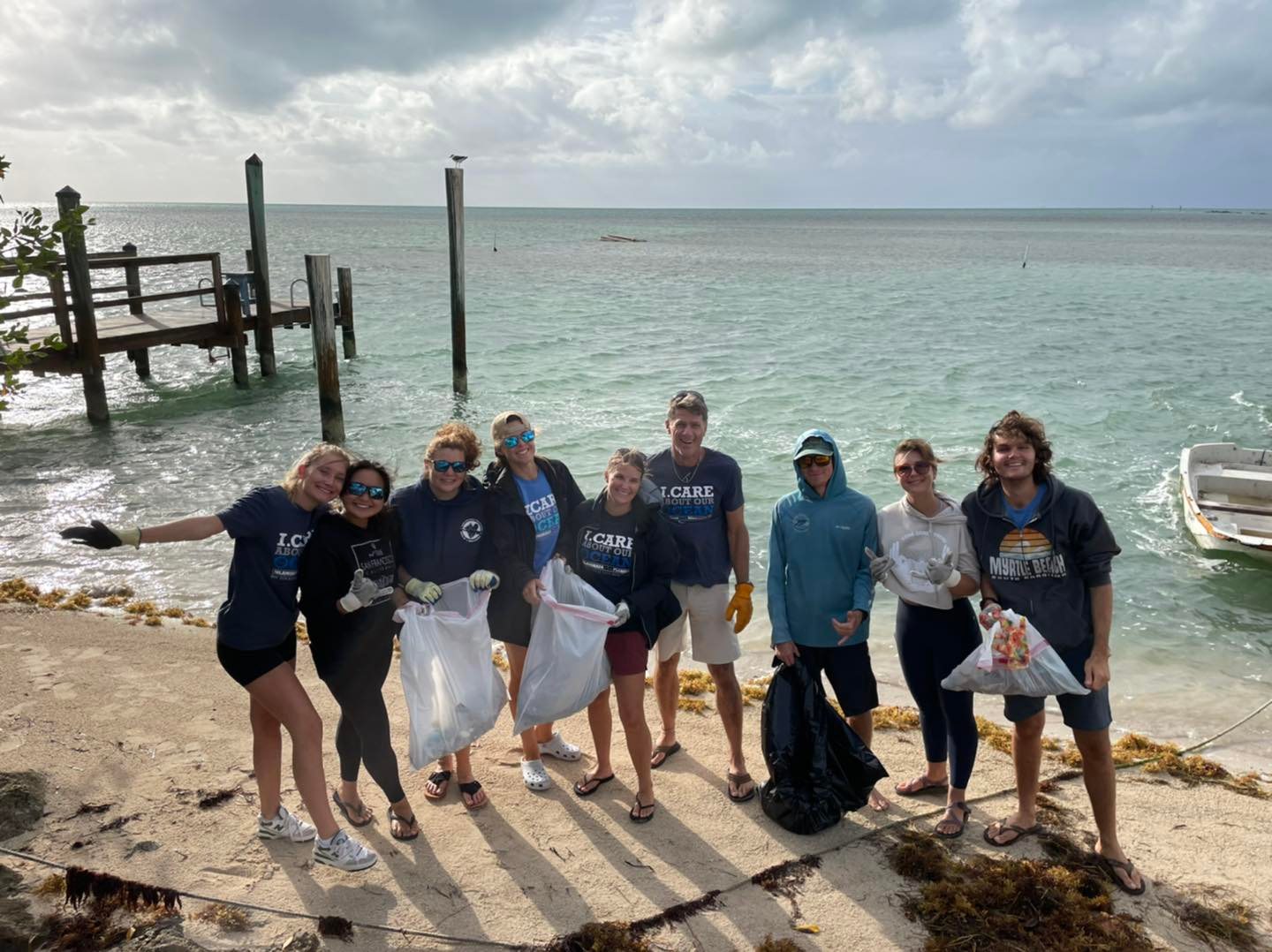
In California, there’s also an annual underwater cleanup at Catalina Island. Every year, nearly 600 divers scour the piers and mooring fields for debris – freeing entangled animals and competing for prizes at the same time. Last year, divers cleaned up almost 17 tons of marine debris; this year’s dive is scheduled for Apr. 1.
4) Make Sustainable Choices for Marine Life Conservation
As a consumer, we have a lot of power to help our ocean. The choices we make – about food, clothing, transportation, cleaning products, and so much more – all ripple out literally to the sea and all creatures that live there. Therefore, when we make sustainable choices, we keep the ocean, the planet and all species in mind.
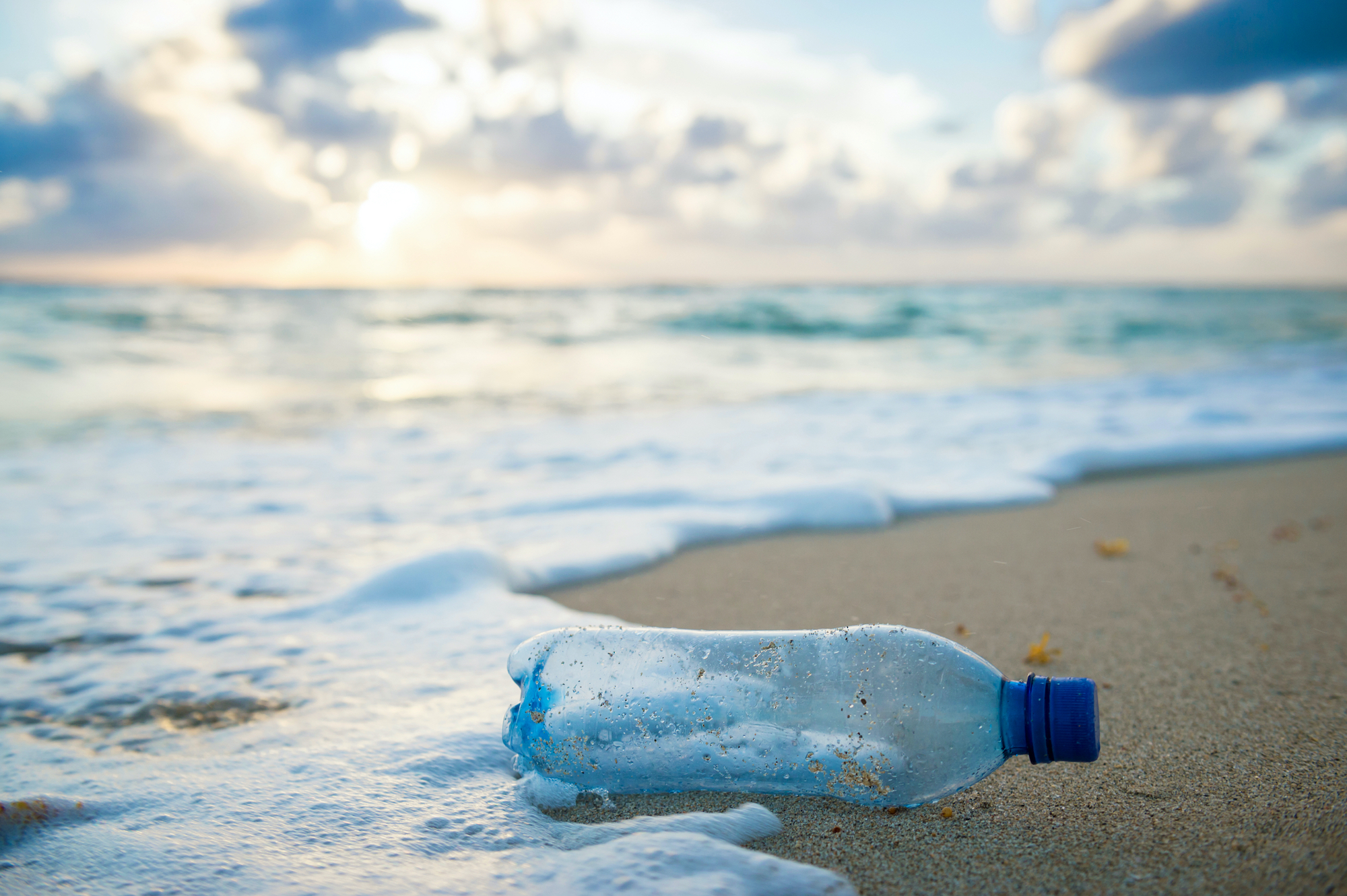
First, we can ditch disposables and opt for reusable items instead – including straws, utensils, water bottles, shopping bags, and more. Each time we do, we reduce waste and keep our oceans safe. If you’re already using reusables, consider gifting them to family and friends to help them get started on their sustainability journey.
We can also choose clothing made from recycled plastics. For example, SeaMorgens is a company that makes swimwear exclusively from recycled fishing nets. Most swimwear fabric comes from virgin plastics, so this is a great up-cycling solution. Plus, the company’s founder is PADI Master Scuba Diver Trainer and Torchbearer Michelle Morgan!
When we make sustainable choices in our everyday lives, we actively support marine life conservation and healthier seas.
5) Support Marine Protected Areas
You may have heard of “30×30” – an ambitious and necessary goal to protect 30% of land and sea by 2030. Scientists agree that this is the minimum protection necessary to ensure functional and resilient ecosystems remain and to protect the species that live on this planet.
For the ocean, this will help restore the health of the seas, provide refuge to wildlife, reverse existing adverse impacts, increase resilience to climate change and sustain ecosystem services to humanity. In short, it ensures that marine life have a healthy ocean to live in. Pretty important!
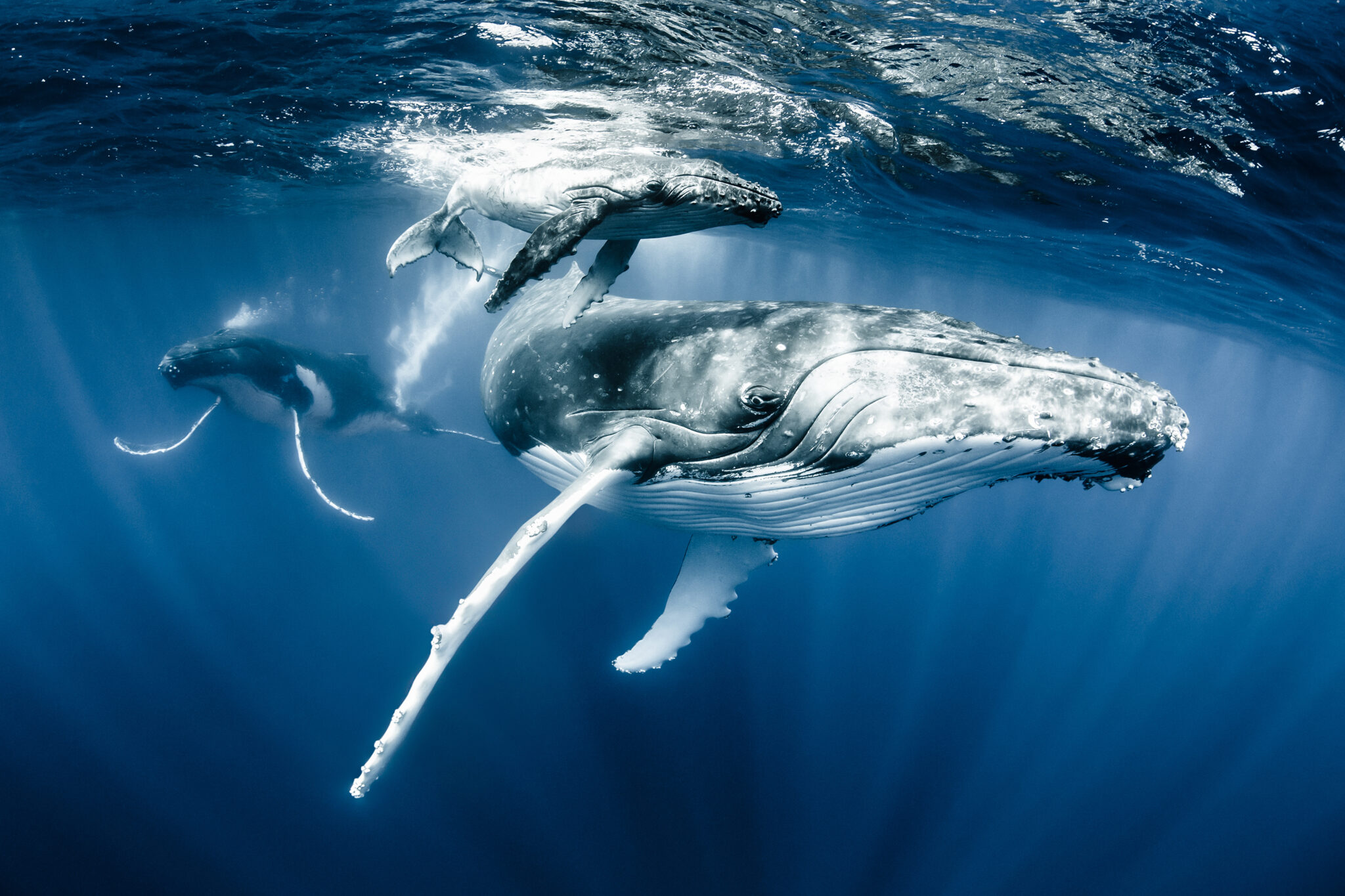
Right now, less than 5% of the global ocean is fully protected in no-take reserves. Supporting local, regional, national and international efforts to establish and expand marine protected areas helps us collectively get closer to 30×30.
Don’t Forget Critical Shoreline Ecosystems
You can actually extend this protection to important nearshore habitats like seagrasses and mangroves. Both these environments are considered blue carbon ecosystems because they absorb a ridiculous amount of atmospheric carbon – even more than the Amazon Rainforest! Therefore, seagrass and mangrove restoration can be our “secret weapon” against climate change. So, planting and conserving more of these unique plants buys us time to adapt, mitigate and find new solutions to deal with the climate crisis we’re in.

These marine ecosystems also serve as critical nursery habitats and foraging grounds for many marine species. Numerous fish, sharks, invertebrates and crustaceans rely on mangroves and seagrass beds to grow large enough to survive the reef. Therefore, by protecting these areas, as part of a 30×30 effort, we help to protect marine life and the planet.
More Ways to Boost Ocean Conservation
- How PADI Divers Around the World are Fighting to Protect Our Ocean
- 8 Ways to Stand Up for the Ocean in Your Community
- Three Ways to Show the Ocean Some Love
- 10 Ways to Save the Ocean at Home
- PADI Divers Taking Torchbearer Action
- Ocean Conservation Jobs for Divers
- Human in the Water: What We Do as Divers Affects Our Oceans

